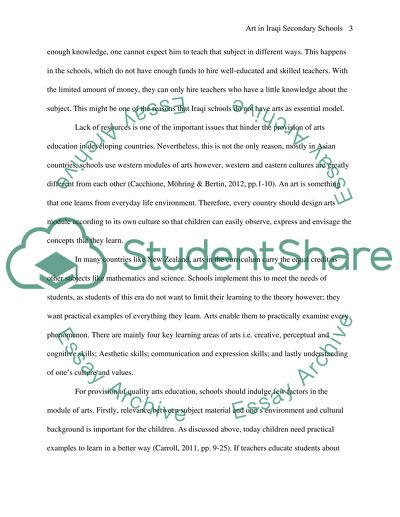Cite this document
(“Art in Iraqi secondary schools Literature review”, n.d.)
Art in Iraqi secondary schools Literature review. Retrieved from https://studentshare.org/education/1399546-why-the-art-is-not-essential-model-in-iraqi
Art in Iraqi secondary schools Literature review. Retrieved from https://studentshare.org/education/1399546-why-the-art-is-not-essential-model-in-iraqi
(Art in Iraqi Secondary Schools Literature Review)
Art in Iraqi Secondary Schools Literature Review. https://studentshare.org/education/1399546-why-the-art-is-not-essential-model-in-iraqi.
Art in Iraqi Secondary Schools Literature Review. https://studentshare.org/education/1399546-why-the-art-is-not-essential-model-in-iraqi.
“Art in Iraqi Secondary Schools Literature Review”, n.d. https://studentshare.org/education/1399546-why-the-art-is-not-essential-model-in-iraqi.


